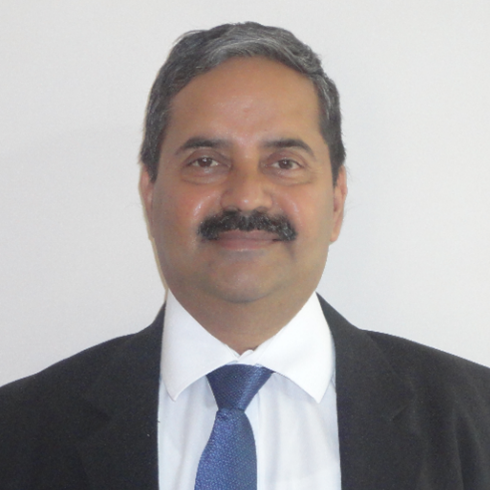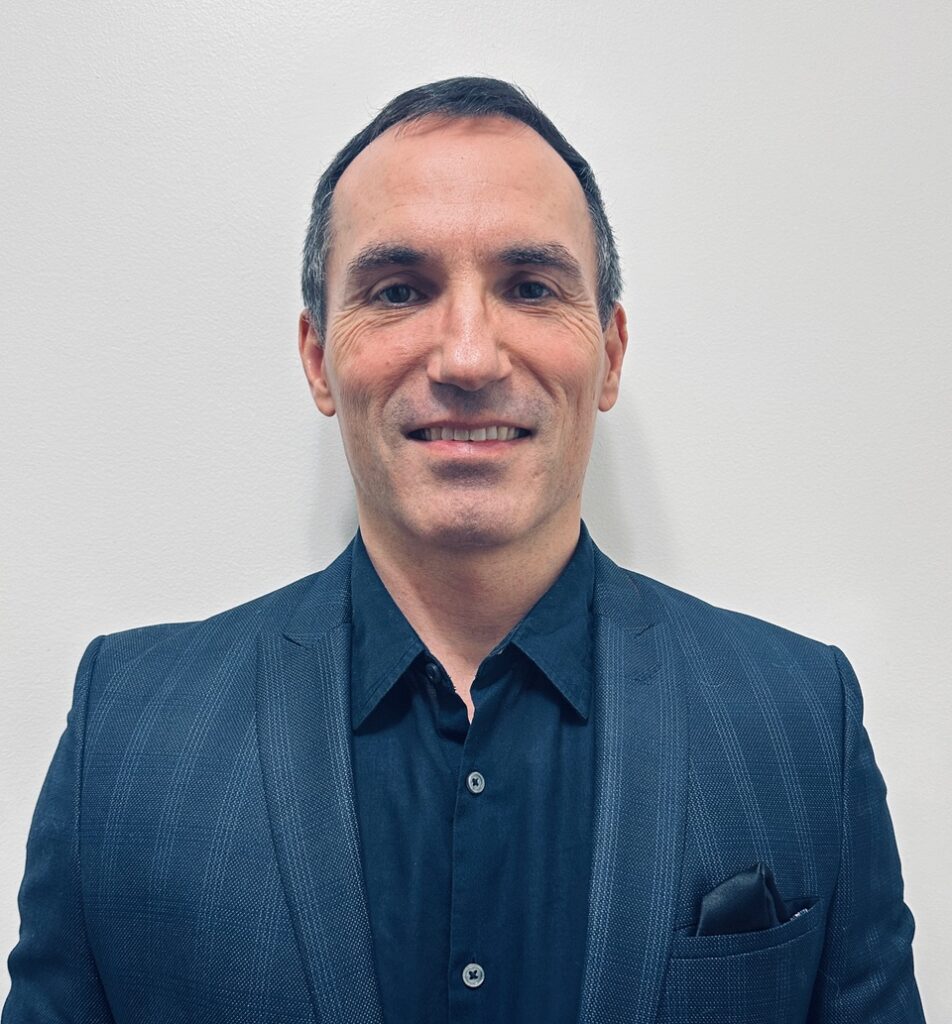Striving for a more sustainable future on Earth Day 2020

The Blue Planet effect, international newspaper campaigns and global climate change activists have accelerated the world’s focus on sustainability. Today, businesses, Governments and construction projects are under scrutiny like never before.
Outside of the geosynthetics industry, the debate about the use of plastics and other man-made materials rages on, often without reason or nuance. But as the IGS members know, there is a huge discrepancy between plastic bags in the ocean, and a plastics-based geosynthetic that actually protects marine life by preventing coastal erosion or managing water transfer and containment.
Much of the negative noise about the use of plastics is based on misinformation. Therefore the IGS – in partnership with other organizations – is informing the debate by educating the world about geosynthetics and their sustainability benefits.
To coincide with Earth Day today, the IGS has created a short eBook: Preparing the ground for a brighter future (PDF), which highlights the many, significant positives geosynthetics bring to society.
IGS Vice President Dr Nathalie Touze has also been touring her Giroud Lecture: Healing The World: A Geosynthetics Solution, on which the eBook is based, around the world.
Here, Dr Touze discusses what we can do to reinforce the knowledge of the benefits of geosynthetics in the eyes of the world.
Why do we need to take on the debate about sustainability?
“There is a danger that people do not temper their views; there is a dangerous narrative in some elements of society now that all plastics are bad for the planet. The truth is obviously a lot more nuanced. So we need to show the good geosynthetics do.
We also need to widen the debate. Sometimes we focus just on the sustainability benefits of geosynthetics such as reduced greenhouse gases and carbon footprint savings. But as an industry we deliver much wider societal value; geosynthetics help connect people and cities, protect homes and livelihoods, provide employment, make individuals and communities safer. We are living a positive story and we need to tell it holistically.”
Where are geosynthetics strongest on sustainability?
“Geosynthetics are vital in landfill sites, as they prevent contamination. Water management is another key area. But another major impact is at the time of construction; using geosynthetics instead of concrete or cement has been shown to not only reduce the use of water but also carbon footprints through more use of natural local materials, and swifter construction times.”
Why did you structure your Giroud Lecture the way you did?
“As Dr J P Giroud stated in 2006, geosynthetics have been the most important innovation in the field of geotechnical engineering in the second half of the 20th century. But beyond their immediate value as engineering materials, they offer holistic solutions to major challenges for the Earth. To me it made sense to structure by these benefits; namely Feeding The World, Quality Water For All, Natural Disasters, Connecting People, Living Together, Economic Development and Protecting Our Environment because the positive impact of geosynthetics can be felt in all of those areas.”

Where do we need to improve to win the debate?
“The IGS is working hard on a range of education initiatives globally. But as an industry we also need to shout more about the good work we have done and are doing. Case studies, with quantifiable data regarding carbon footprints, lifecycle analysis, and rigorous testing and communication are essential. These will all help us prove our point; geosynthetics are a long-term force for good.”
Why the eBook?
“My Giroud Lecture has been very well received, but I can only present it so many times and in so many places. We want as many people to access this information as possible. An eBook, which can be downloaded from anywhere – and with next to zero carbon footprint to produce – seemed to be the answer. I hope people enjoy it.”
To download the eBook, click this link.





















